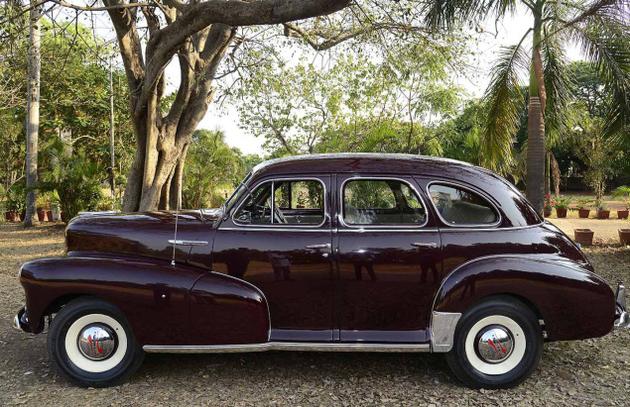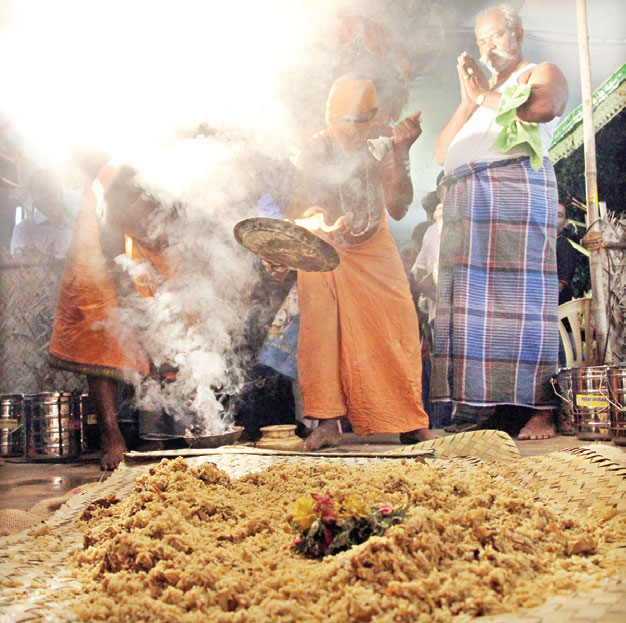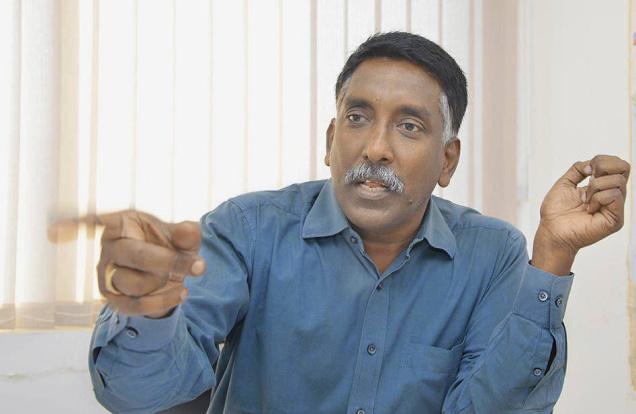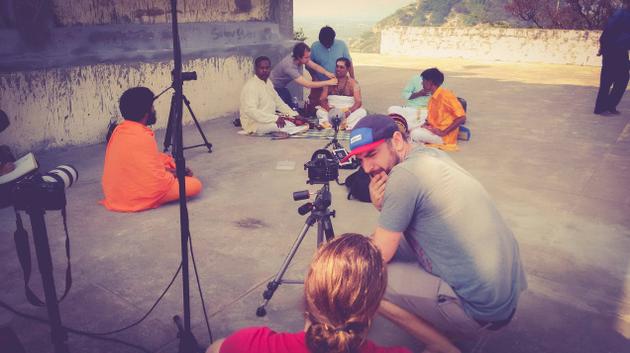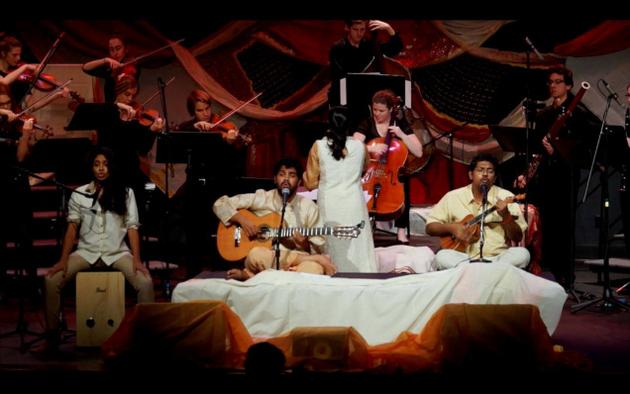Chennai :
Head of the $100 million Kothari Group and brother-in-law of business tycoons Mukesh and Anil Ambani, Bhadrashyam Kothari, breathed his last in the US on Monday. He was 54, and was undergoing treatment for what sources say was cancer.
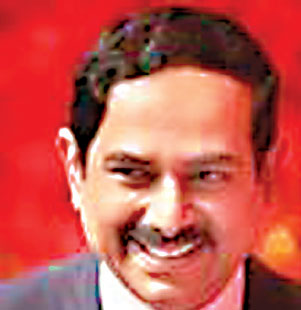
Son of the late industrialist HC Kothari, a stalwart among Chennai industrialists, Shyam Kothari headed the Kothari Group, an umbrella group that held under it such diversified interests like sugar, petrochemicals, fertilizers, chemicals and textiles to name a few.
Several condolences for the third generation entrepreneur were doing rounds on social media from Monday evening, the most prominent being a tweet from A R Rahman which read: “May God bless your soul dear friend Shyam Kothari. You were a gem of a friend who will always be remembered – love ARR and family.
A graduate of Chennai’s Loyola College, Shyam Kothari took over the reins of the company after his father passed away in the mid-nineties. Over the years, he expanded the group considerably, focusing especially on sugar, textiles and financial services.
In fact, Shyam Kothari is credited with setting up what was India’s first ever Mutual Fund – ‘Kothari Pioneer Mutual Fund’ through a partnership with the American Pioneer Group.
Shyam Kothari was also part of a big legal battle over the control of the Kothari Industrial Corporation, owned by his father’s brother DC Kothari. Allegations of Shyam Kothari using his connections with the Reliance Group to take over the sister group ran rampant after DC Kothari passed away, until it culminated in a legal battle in 1993 with Pradip Kothari, son of DC Kothari. The cousins later patched up their differences, but not before taking the case through both the High Court and the Company Law Board.
The Kothari family also has close connections with some of India’s largest business families. Besides being married to Reliance group patriarch, Dhirubhai Ambani’s daughter Nina Ambani, his daughter Nayantara Kothari is also married to Shamit Bhartia, son of Shobana Bhartia, chairman and Editorial Director of the Hindustan Times Group.
Shyam Kothari’s grandfather, CM Kothari, is also considered a legend among the Chennai entrepreneurial community, having founded Madras Stock Exchange – which incidentally closed shutters last year. He also ran the Madras Safe Deposits Company. The Kothari Group currently has control of Kothari Sugars and Chemicals, Kothari Safe Deposits, Kothari Biotech, and Kothari Pioneer Mutual fund including others, with a gross worth of over $100 million and 800 plus employees.
source: http://www.newindianexpress.com / The New Indian Express / Home> Cities> Chennai / by Express News Service / February 24th, 2015

